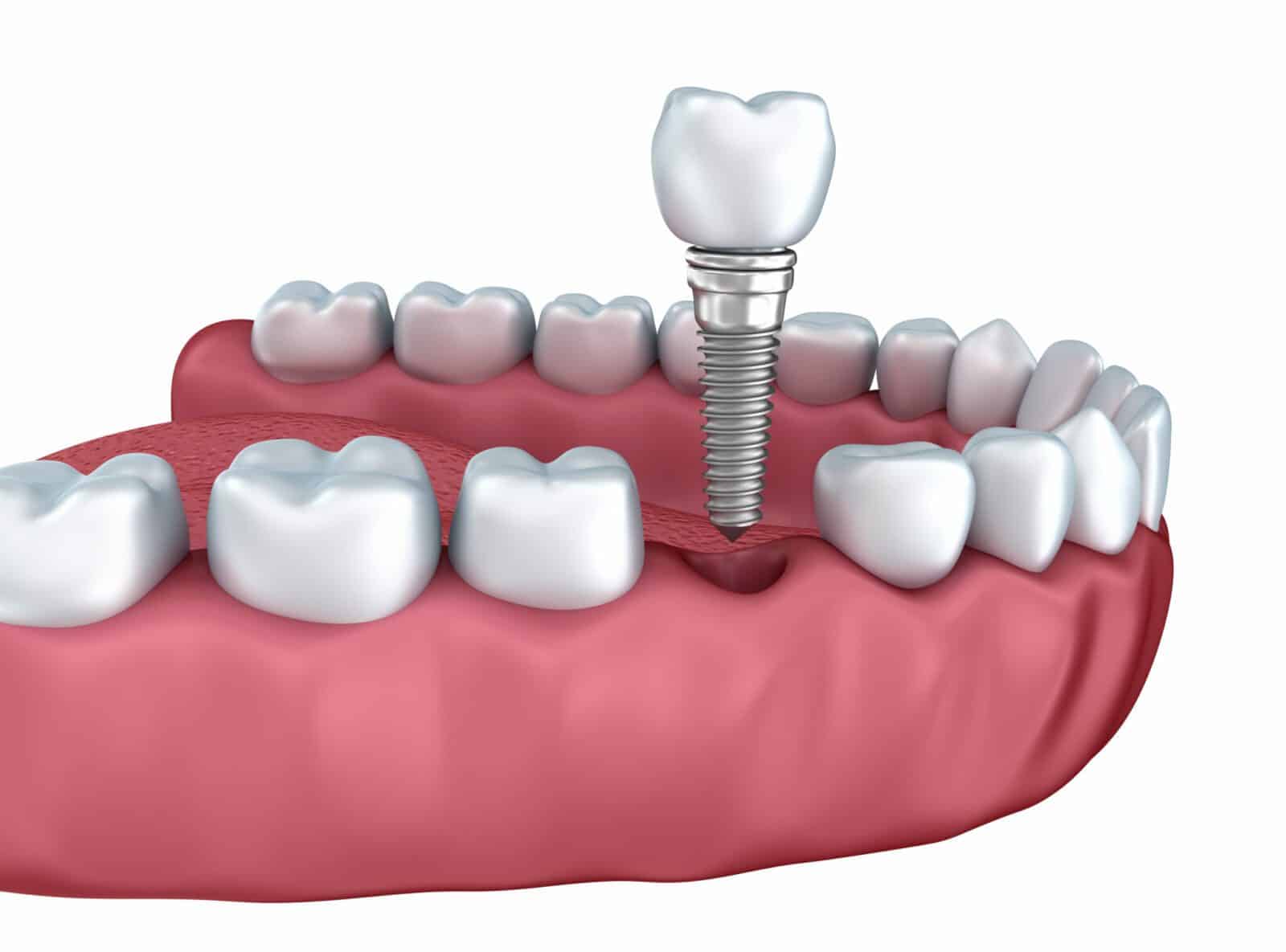If you’re reading this article, then you’re probably thinking of getting some dental implants done. And a main concern you may have is “are dental implants painful?”.
We’re here to provide answers.
Are Dental Implants Painful?
First thing’s first, the procedure of getting dental implants is not painful. This is because during the procedure, your dentist will apply general and/or local anesthesia to numb your mouth. So during the surgery, you should not feel a thing.
Now, once the dental implants are placed, the anesthesia will start to wear off. And when it does, it may cause some mild pain. However, most people consider it to be less painful than a tooth extraction.
After Surgery Discomfort
After the surgery, severe pain is very rare. If you do experience severe pain, you need to let your dentist know. This may be caused by an improper fit, or an infection, so it’s best to get it taken care of right away.
Most people with dental implants report that they are nearly not as painful as they thought it would be.
Some discomfort should also be expected. Depending on where your implants are placed, you may feel some discomfort in the cheeks, chin, or sometimes underneath the eyes. However, the result is always worth the process and discomfort.
After dental implants, you may feel some of this discomfort for at least ten days. You’ll likely feel it in the treated area, the face, and the jaw.
You may also experience some swelling. However, your dentist will recommend or prescribe antibiotics and painkillers for pain and swelling.
After the third day of the procedure, the swelling and the pain will start to subside. Before or after the 14th day of implants, you may feel no more discomfort. This means that the implant is healing nicely.
With that said, if you are still feeling pain and swelling after 14 days, you need to check in with your dentist. It could be a sign of infection.
Types of Dental Implants
Now that we’ve discussed how much pain you can expect from dental implants, let’s talk about the different types of dental implants.
- Endosteal implants are the first type. These are usually made of titanium and are placed in the jawbone. These implants are shaped like small screws, and are the most common type.
- Subperiosteal implants are the next type of implants. These are usually placed under the gum and above the jawbone. Patients who do not have enough health jawbones cannot undergo bone augmentation, so this is the best option.
Phases of Getting Dental Implants
Moving on the three phases of a dental implant, it’s usually divided into three phases.
The first of which is the placing of the implant. This takes at least six months to heal completely, and for the gum tissue to cover the implants.
Next is the attaching of the post. This is when the dentist attaches a post to the implant. The gum tissue will then grow up and around the post.
The last phase is the crown attachment. This is the part where the dentist attaches a customized crown or artificial tooth to the implant post. This is the final step to the process of dental implants.





